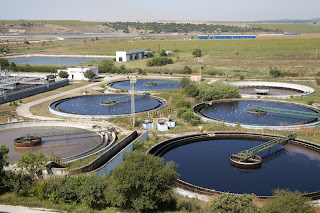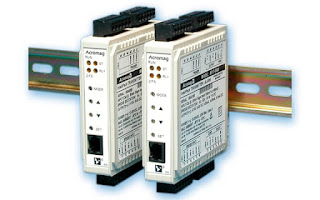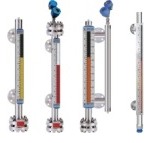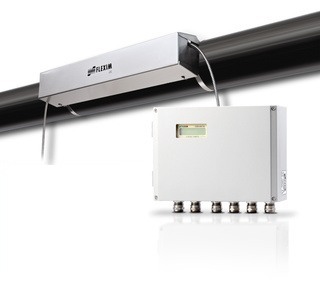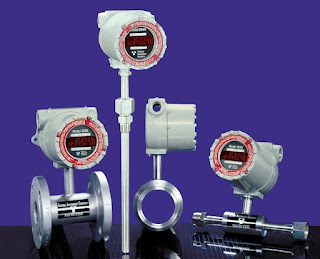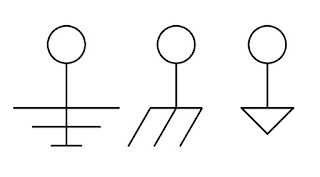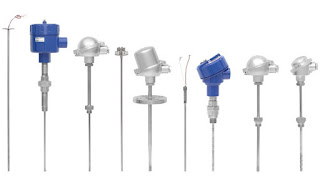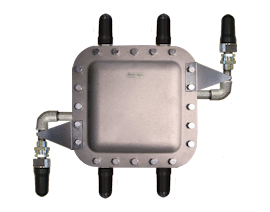 |
2-Wire Transmitter in Hazardous Area With Intrinsic Safety Barrier
Courtesy Ronan Engineering Company |
Industrial process measurement and control operations have few boundaries. Land, sea, air, light, dark, dry, wet, hot, cold, indoor, and outdoor environments. Did I mention potentially explosive? Well, there is that, too.
If your experience was anything like mine, it is likely that your first project involving a hazardous area really drove home the fact that you are working at a very serious endeavor. In addition to quality problems or downtime resulting from equipment failure, now you add "the place blows up" to the list of possible outcomes. It's sobering, and not the type of situation where you have the option of real world testing. You need to be right the first time. Every remotely possible source of ignition must be considered and rendered harmless.
One way to provide the necessary level of safety is through the use of explosion proof enclosures, conduit, fittings, and other devices. By their nature, these items are designed to contain an internal explosion and provide for the expansion and cooling of the ignited gases into the surrounding atmosphere. The expansion cools the hot gas to a temperature safe for venting from the enclosure into the hazardous area without causing an ignition.
There is a good solution for measurement and control circuits requiring only low power levels. Intrinsically safe circuit designs employ barriers that allow power limited connections between devices in a hazardous zone and those in a non-hazardous zone. Intrinsic safety relies on the limiting of available energy in the system to a level that will not ignite a hazardous atmosphere (explosive gas or dust). Without significant energy storage, and ensuring that only low voltages and currents enter the hazardous area, intrinsically safe design removes the circuit as a possible ignition source. Where it is possible to utilize an intrinsically safe circuit, there are some advantages over using an explosion proof design.
- Absence of explosion proof enclosures enhances the accessibility of system components.
- Personnel safety is increased with low voltage operation.
- Standard wiring methods and materials may be used. No explosion proof conduit, boxes, fittings.
- Calibration and maintenance can be performed with the system in operation.
- Special skill levels required by an explosion proof design are not required with intrinsically safe design.
A primary device in an intrinsically safe circuit will be the barrier. The intrinsic safety barrier forms the border between the hazardous and non-hazardous areas. There are other design considerations, all of which you should discuss with knowledgeable
application specialists. I have included a document below from
Ronan Engineering Company, a manufacturer of intrinsic safety barriers. It provides some additional useful information, including a listing of the many I/O applications where the barriers can be employed.
